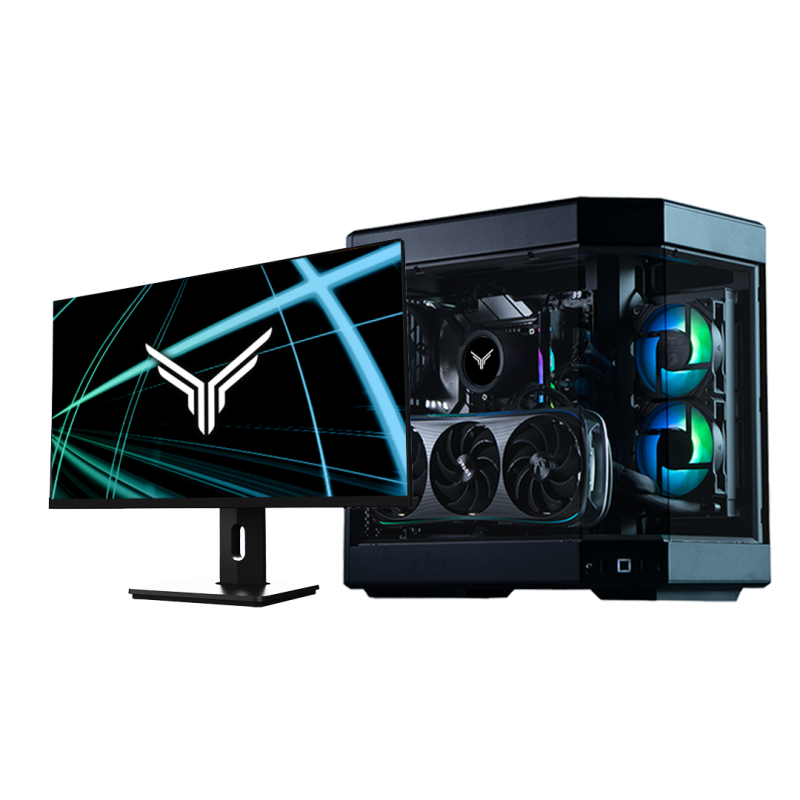Graph databases have revolutionized data management and analytics by handling complex relationships with ease. Neo4j Desktop provides a comprehensive and user-friendly toolset to manage, develop, and visualize graph databases. This guide explores how Neo4j Desktop can streamline your graph database tasks, boosting productivity and efficiency.
Introduction to Neo4j Desktop
What is Neo4j Desktop?
Neo4j Desktop is a free, developer-friendly application designed to simplify the management and interaction with Neo4j graph databases. This rich application provides an intuitive interface, making it easier to create, manage, and visualize your data. It comes with built-in browsers, plugins, and support for multiple projects, all aimed at enhancing your productivity. Neo4j Desktop supports not only multiple database instances but also offers offline capabilities, ensuring you can work without continuous internet connectivity.
Key Features
The features of Neo4j Desktop are designed to cater to a variety of needs, making graph database management accessible to both beginners and experienced developers. It includes an intuitive graph visualization tool, integrated query editors with syntax highlighting, and extensive plugin support. Furthermore, the support for multiple projects and databases allows you to keep your work organized and efficient. The application also includes a powerful search function, enabling you to quickly locate nodes and relationships within your graph.

Setting Up Neo4j Desktop
Installation Process
Setting up Neo4j Desktop is a straightforward process designed to get you up and running quickly. Start by downloading the installer from the Neo4j website; the application is available for both Windows and macOS. Once the download is complete, run the installer and follow the on-screen instructions. The installation process usually completes within a few minutes, making it possible to start exploring the features of Neo4j Desktop without much delay.
Initial Configuration
Once installed, launch Neo4j Desktop and follow the steps to create a new project. Projects in Neo4j Desktop serve as containers that organize your databases, configurations, and plugins. Give your project a suitable name and choose a directory where it will be saved. You can then create a new database or import an existing one. This initial configuration not only sets up your workspace but also helps you get familiar with the interface and tools that Neo4j Desktop offers.
Managing Graph Databases
Creating and Importing Databases
Neo4j Desktop offers flexible options for creating and importing databases. To create a new database, click on ‘Add Database’ and select ‘Create a Local Database.’ You can specify the version of Neo4j to use and set up your credentials. If you have an existing database, you can import it by clicking ‘Add Database’ and choosing ‘Import Database.’ Follow the prompts to load your data seamlessly. Neo4j Desktop’s interface makes these processes straightforward, ensuring that even complex operations are manageable.
Monitoring and Maintenance
Maintaining the health of your database is critical, and Neo4j Desktop provides robust tools for this purpose. The ‘Status’ tab offers real-time information about your database’s health, including memory usage, active connections, and query performance. Regular monitoring helps identify and address issues proactively, ensuring optimal performance over time. You can also automate regular backups and perform maintenance tasks such as database compaction directly from the application, making it easier to maintain your database’s integrity and reliability.

Querying and Visualization
Cypher Query Language
Cypher is Neo4j’s powerful query language designed for querying and updating the graph database. Neo4j Desktop includes an integrated Cypher query editor with features like syntax highlighting and auto-completion, making writing and testing queries efficient. The editor supports complex queries and allows you to view results in various formats, including tables and graphs. Additionally, you can save frequently used queries, making it easier to run regular analysis and reporting tasks.
Data Visualization
One of Neo4j Desktop’s standout features is its built-in data visualization tool. This tool allows you to see your graph data visually, making it easier to understand complex data structures. You can explore nodes and relationships interactively and customize layouts and styles to enhance comprehension. The visualization tool supports various filters and views, enabling you to focus on specific parts of your graph and gain deeper insights into your data.
Productivity-Enhancing Plugins
Neo4j Bloom
Neo4j Bloom is a powerful data visualization and exploration tool available as a plugin for Neo4j Desktop. It allows users to interact with their data using natural language queries, making it accessible to non-technical users. Bloom’s intuitive interface lets you create and share stunning visualizations, making data exploration a collaborative and engaging activity. This plugin is particularly useful for business users and analysts who need to derive insights without diving into complex queries.
APOC (Awesome Procedures on Cypher) Library
The APOC library is another essential plugin for Neo4j Desktop, extending the capabilities of Cypher by adding a wide range of useful procedures and functions. With APOC, tasks like data integration, transformation, and cleaning become significantly easier. The library includes procedures for exporting data, generating graph structures, and performing advanced mathematical operations. Developers can leverage APOC to automate repetitive tasks and extend the functionality of their graph databases, enhancing overall productivity.
Collaboration and Project Management
Sharing Projects
Neo4j Desktop supports project sharing, making collaboration within teams easier. You can export projects along with all their relevant files, configurations, and databases, and share them with team members. Importing the shared project on another instance of Neo4j Desktop is straightforward, ensuring team members can pick up from where you left off without missing any critical information. This feature is invaluable for collaborative development and research projects.
Version Control
Integrating version control systems like Git with your Neo4j Desktop projects can streamline collaboration and version management. By versioning your data and scripts, you can track changes, revert to previous states, and collaborate more effectively. This integration ensures that multiple team members can work on different parts of the project simultaneously, merging their changes without conflicts. Version control also provides a history of changes, aiding in troubleshooting and audit trails.

Advanced Features and Integrations
Graph Algorithms
Neo4j provides a suite of graph algorithms to analyze network structures, helping uncover patterns and insights. Algorithms such as PageRank, community detection, and shortest path are supported directly within Neo4j Desktop. Running these algorithms can reveal hidden relationships and trends in your data, adding depth to your analysis. The ability to execute graph algorithms directly from Neo4j Desktop makes it a powerful tool for data scientists and analysts.
Integration with Other Tools
Neo4j Desktops can integrate with various tools and platforms, supporting APIs and connectors for seamless data integration. You can connect your graph database to relational databases, cloud services, and big data platforms. Integrations with streaming tools like Apache Kafka enable real-time data ingestion, while connectors for programming languages like Python, Java, and JavaScript facilitate application development. These integrations expand Neo4j Desktop’s capabilities, making it adaptable to diverse workflows and environments.
Conclusion
Maximizing Productivity with Neo4j Desktop
Neo4j Desktops combines powerful features with an intuitive interface, making graph database management accessible and efficient. From installing and configuring databases to running complex queries and visualizing data, Neo4j Desktop simplifies every aspect of graph database management. Utilizing its tools and features can significantly enhance your productivity and enable you to manage your data more effectively.
Embracing Graph Technology
As data complexity increases, graph databases like Neo4j become essential for managing and analyzing relationships. Neo4j Desktop provides the necessary tools to leverage this technology, whether you are a developer, data analyst, or business user. Mastering Neo4j Desktop can transform how you handle graph data, offering new avenues for insights and efficiency. Embrace graph technology and improve the way you manage and analyze data, ensuring your organization stays ahead in the data-driven world.
